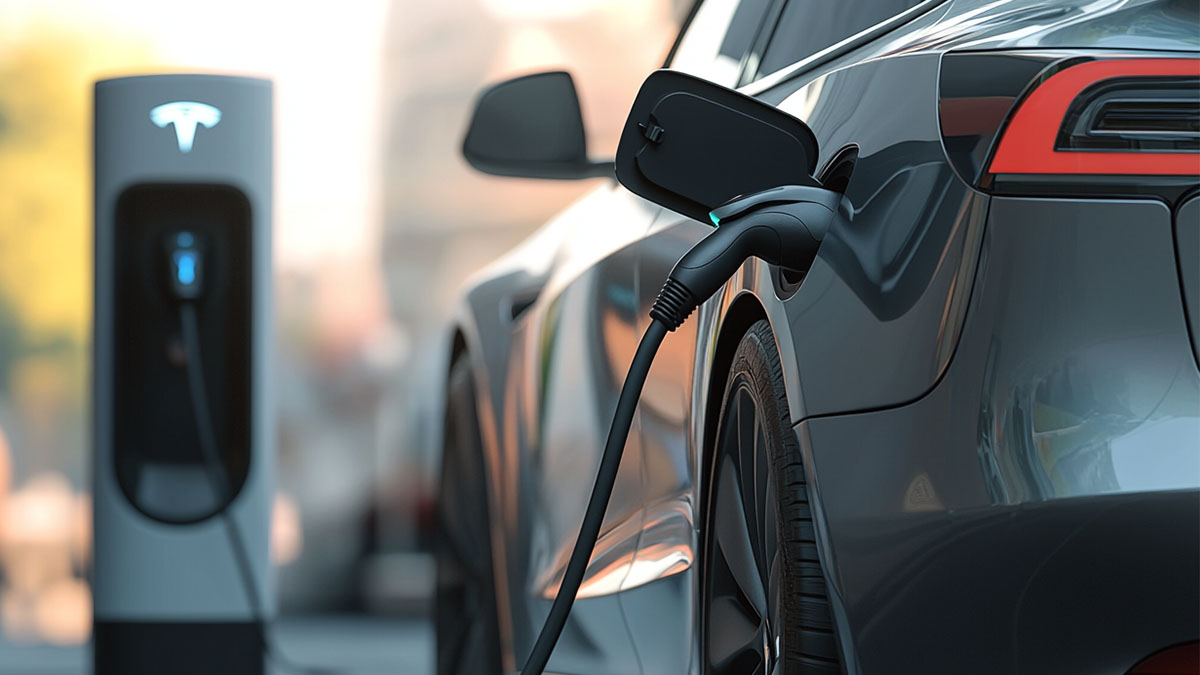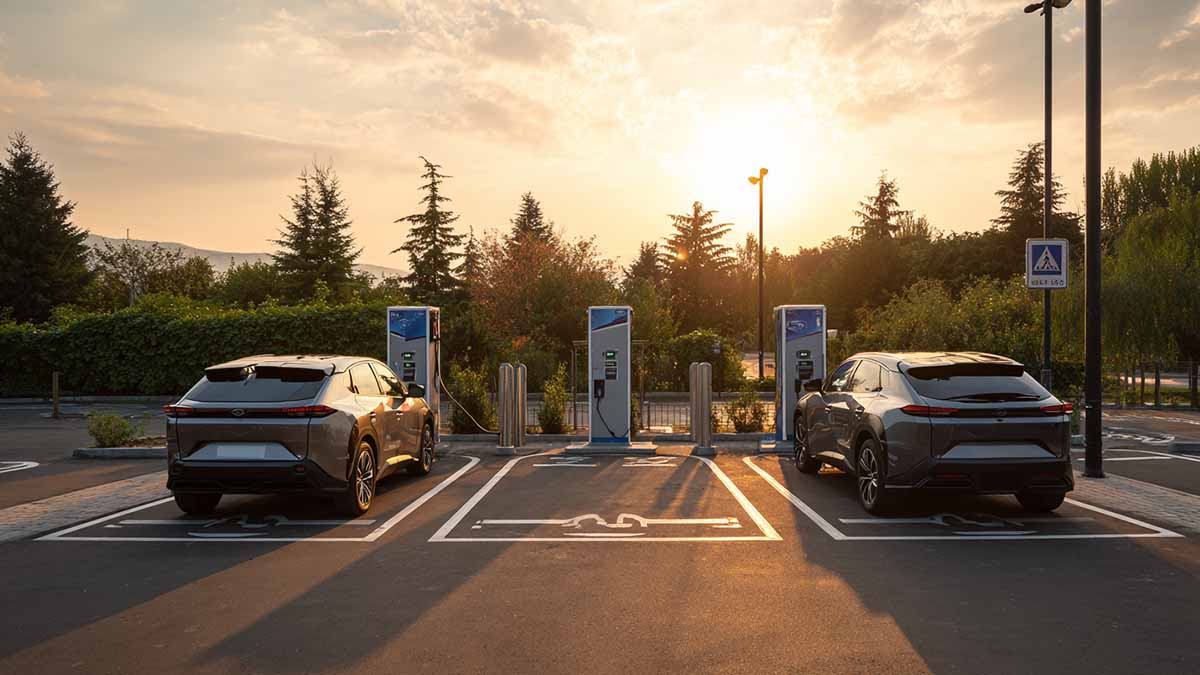 NACS vs CCS in 2025: Power, Access, and Reliability
NACS vs CCS in 2025: Power, Access, and Reliability
Nov 27, 2024
North American models are shifting to NACS (SAE J3400), while much of Europe stays with CCS2 for the foreseeable future. Public networks are also changing: many CCS sites advertise 350 kW ports, and newer V4 Superchargers in North America can deliver higher peak power than the older V3 sites.
For fleets, site owners, and procurement teams, the decision is less about “which logo wins” and more about: fit with region, adapter and access timelines, and how your vehicles and thermal design turn rated kilowatts into real session speed.
At a glance: connector families
Aspect
NACS (SAE J3400)
CCS1 (North America legacy)
CCS2 (Europe default)
AC/DC in one plug
Yes (shared pins)
DC uses the Combo add-on below J1772
DC uses the Combo add-on below Type 2
Typical public DC today*
Up to ~325 kW at many V4 sites in NA
Up to ~150–350 kW depending on site
Up to ~350 kW at many EU sites
Voltage window (typical)
500–1000 V variants exist; vehicle limits apply
Often up to 1000 V
Often up to 1000 V
Current limit in spec
No fixed ceiling; thermal limits govern practical power
Defined by station/vehicle/cable ratings
Defined by station/vehicle/cable ratings
Cable/handle feel
Compact head; lighter feel at comparable current
Larger head than NACS
Larger than NACS; mature ecosystem in EU
Region default
North America is transitioning to NACS
Being phased out on new NA models
Europe remains CCS2 for cars
Adapter & access
Adapters bridge older CCS1 cars; non-Tesla access is station/adapter dependent
Increasingly needs adapter to use NACS sites
Adapters exist for some use cases; country policies vary
*Real charging speed always depends on vehicle voltage architecture, temperature, state of charge, and site load sharing.
What changes performance in the real world
Vehicle architecture. 800-V vehicles can take advantage of higher site voltage; 400-V platforms often cap around 250 kW even at bigger posts.
Thermal path. Cable cooling, pin and cable temperature sensing, and station derating logic decide whether peak power holds or tapers early.
Station design. Power sharing between stalls, cabinet topology, and firmware make two “350 kW” posts behave very differently under queue pressure.
Two common scenarios
North America (mixed network, rapid NACS adoption)New models increasingly ship with a NACS inlet. Owners of recent CCS1 vehicles often use an OEM adapter for Supercharger access, but availability and supported sites are still rolling out brand by brand. Many non-Tesla vehicles also continue to use CCS posts on open networks, which can be competitive for session speed when the site is healthy and the car can hold current.
Europe (CCS2 remains the baseline)Passenger cars will remain CCS2 for the medium term. Networks and vehicles are mature around CCS2, with broad support for high-power cabinets. NACS appears mainly in NA-market imports and pilot installs; for business planning in the EU, CCS2 is still the practical default for cars. (Heavy-duty platforms are a separate discussion as MCS rolls out.)
Reliability and user experienceConnector geometry is only part of the story. What most drivers feel is site uptime, payment flow, cable reach, and how fast the car gets back on the road. The networks that win on “it just works” optimize maintenance, software, and the thermal path as much as headline power.
Hardware planning (for operators and OEMs)If your site mix serves different vehicle generations, consider pairing a Workersbee NACS DC plug for compact ergonomics with a Workersbee CCS2 liquid-cooled handle where higher sustained current is the goal. This lets you match region and vehicle mix without forcing a single compromise. Use replaceable wear parts, accessible sensors, and clear torque specs to keep swap time down in the field.
Where “1 MW” fitsMegawatt-class charging belongs to specific use cases and future connector evolutions. Today’s light-duty passenger sessions are more often bounded by vehicle limits and thermal design than by connector headline numbers. Focus procurement on sustained current capability and temperature rise under your climate and duty cycle.
Choosing for your use case
You mostly operate in North America, with newer models arriving: Choose NACS for new installs or mixed posts where feasible. Keep some CCS1 coverage during the transition, or provide adapters with clear driver guidance.
You operate in Europe for passenger cars: CCS2 remains the lowest-friction choice. Add NACS only for defined fleets that require it.
Your KPI is queue time and revenue predictability: Prioritize hardware that can hold current without early thermal roll-off, plus cables that drivers can reach and plug at natural angles. Field-service features matter as much as peak numbers.
FAQ
Do I need an adapter in 2025?If your car has a CCS1 inlet and you’re in North America, your brand may offer a CCS-to-NACS DC adapter for select Supercharger sites. Newer models with a native NACS inlet won’t need an adapter at those sites. Check your automaker’s specific support window and station compatibility.
Will Europe switch to NACS soon?Not in the near term for passenger cars. CCS2 remains the de facto standard, with strong network coverage and vehicle support. Multi-standard sites exist, but CCS2 will stay central for EU planning.
Why does one “350 kW” site feel faster than another?That label is a capability, not a guarantee. Vehicle voltage window, the station’s power-sharing strategy, ambient temperature, and the cable’s thermal performance all decide how much current your car can hold after the first few minutes.
Is “325 kW” the new normal for Superchargers?Newer V4 sites in North America can deliver higher peak power than V3, and some vehicles can take advantage of it. Many cars will still top out around 250 kW due to vehicle limits, and session averages depend on temperature and state of charge.
What should I ask suppliers before I buy?Ask for temperature-rise data at the handle under sustained current, sensor access and diagnostics, documented torque steps, and swap time for seals and wear parts. For mixed networks, confirm adapter support and cable reach for your parking layouts.
A simple way to land this decisionPick the connector family that fits your region and fleet. Then close the gap with a short, repeatable site trial in your climate. If you want parts that shorten swap time and keep bays open, look for replaceable seals, accessible triggers, and clearly documented torque values—areas where Workersbee CCS2 liquid-cooled handles and Workersbee NACS DC plugs are designed to help service teams move fast.
Read More

 How to Select EV Connectors for Fleet Charging Solutions
How to Select EV Connectors for Fleet Charging Solutions
 NACS vs CCS in 2025: Power, Access, and Reliability
NACS vs CCS in 2025: Power, Access, and Reliability